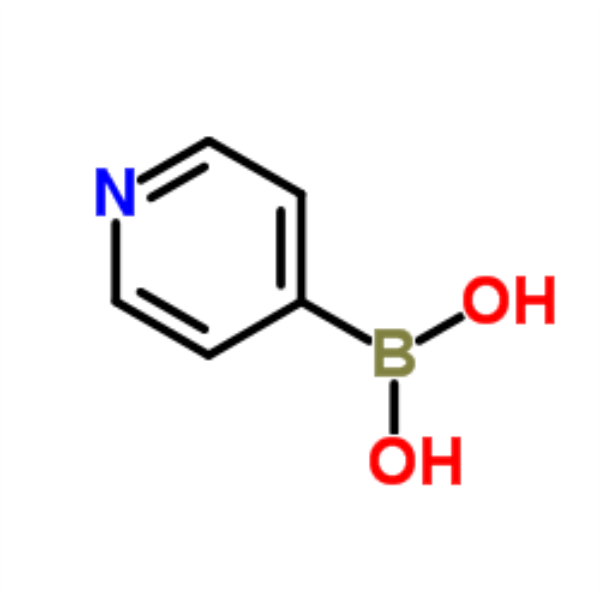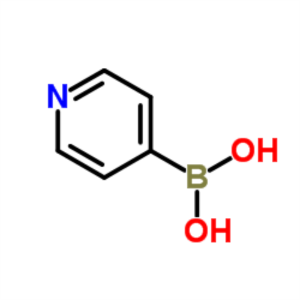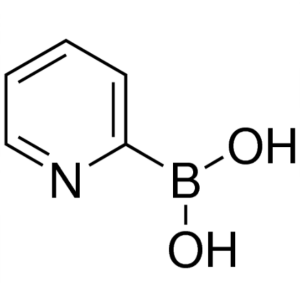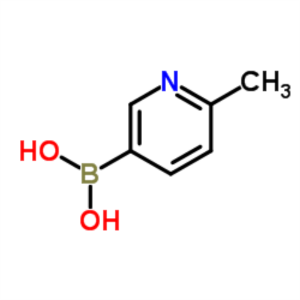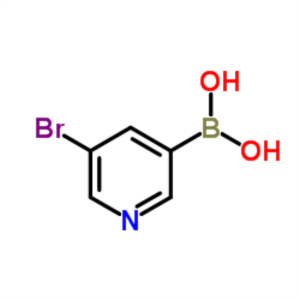4-Pyridylboronic Acid CAS 1692-15-5 Purity ≥99.5% (HPLC) Factory Hot Sale
Manufacturer Supply, High Purity, Commercial Production
Chemical Name: 4-Pyridylboronic Acid CAS: 1692-15-5
| Chemical Name | 4-Pyridylboronic Acid |
| Synonyms | Pyridine-4-Boronic Acid |
| CAS Number | 1692-15-5 |
| CAT Number | RF-PI571 |
| Stock Status | In Stock, Production Capacity 25 Tons/Month |
| Molecular Formula | C5H6BNO2 |
| Molecular Weight | 122.92 |
| Solubility | Insoluble in Water |
| Melting Point | >300℃ (lit.) |
| Brand | Ruifu Chemical |
| Item | Specifications |
| Appearance | White Powder |
| Purity / Analysis Method | >99.5% (HPLC) |
| Moisture (by Karl Fischer) | <0.50% |
| Single Impurity | <0.50% |
| Total Impurities | <0.50% |
| Heavy Metals (as Pb) | <20ppm |
| Test Standard | Enterprise Standard |
| Usage | Pharmaceutical Intermediates |
Package: Bottle, Aluminium foil bag, 25kg/Cardboard Drum, or according to customer's requirement.
Storage Condition: Store in sealed containers at cool and dry place; Protect from light and moisture.


4-Pyridylboronic Acid (CAS: 1692-15-5) can be used as a candidate for Suzuki-Miyaura coupling reaction. Especially, as a N-containing building blocks, pyridine-4-boronic acid was employed to construct some heterocyclic compounds with superior biological activities. 4-Pyridylboronic Acid is a kind of boronic acid derivative. It is useful building blocks in crystal engineering. It can also be used as a catalyst to act as a dehydrative condensation agent to synthesize amides using carboxylic acid and amines as raw materials. Its derivative, polystyrene-bound 4-pyridineboronic acid, is a useful catalyst for amidation reaction and esterification of alpha-hydrocarboxylic acids.
Reagent used for: Palladium-catalyzed Suzuki-Miyaura coupling reactions; Ligand-free palladium-catalyzed Suzuki coupling reaction under microwave irradation; Reagent used in: Preparation of HIV-1 protease inhibitors; Potential cancer threapeutics, such as PDK1 and protein kinase CK2 inhibitors.

